How do you choose which golf ball to use? Is it driver distance, how it feels on the green or how much it costs?
There are many factors involved, but the key one is which performs the best and will give you the best opportunity to lower your scores.
To illustrate this I met up with Titleist's ball fitting team to go through their range of balls and see which one matched my game the best.
Fit From The Green Back To The Tee
To best understand the difference between models of golf balls the first club you should reach for is the wedge. We took all six models from the Titleist range to the chipping green and hit half a dozen shots with each.
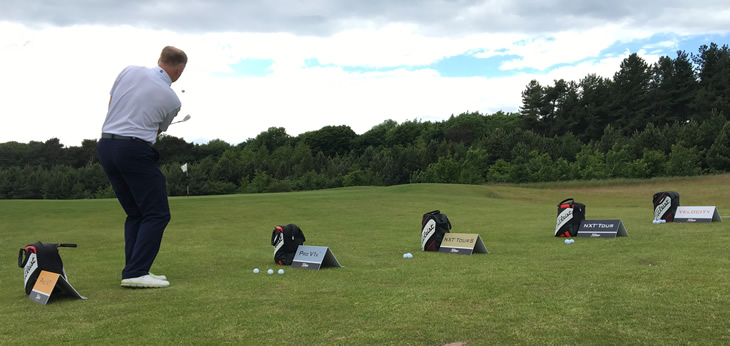
Right away you can see and feel which balls feel softer than others, both in sound and at impact. Some will fly higher than others, some will check up for more control and others will take longer to settle down or run out more.
It was pretty clear right away that the Pro V1 and Pro V1x balls with their softer, higher spinning covers were the ones that gave the best control.
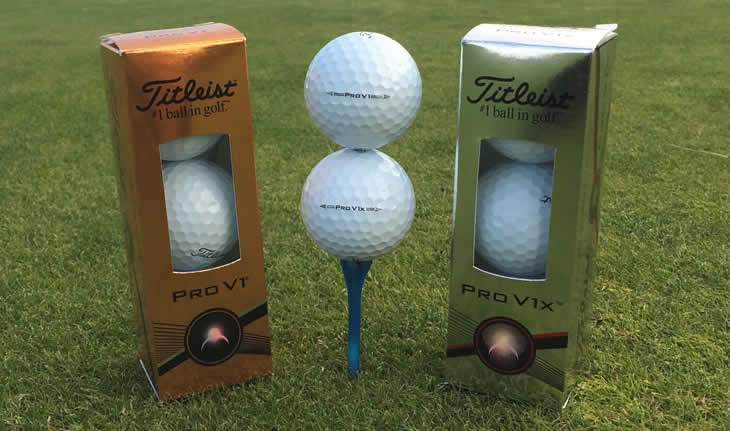
The NXT Tour with its firmer feel gave a clickier sound but the control was still there, whereas the NXT Tour S felt and sounded much softer which was not for me as I liked the sound feedback I was getting from the Pro V1.
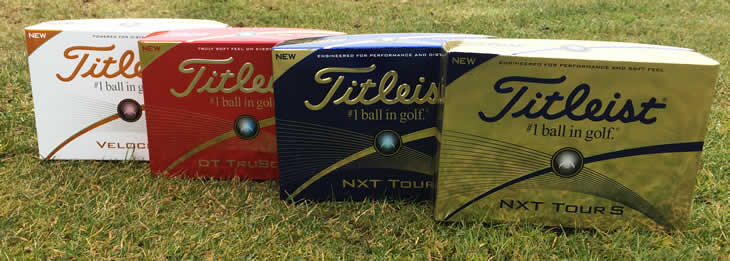
With the Velocity and the DT TruSoft it was noticeable how much more they ran out because they don't spin as much as the Pro V1. The sound of the Velocity was probably the firmest and loudest whilst the DT TruSoft was at the other end of the scale.
The TruSoft was the softest feeling but with its lower spin it did not give as much grip, therefore purely for the control when the ball lands on the green my top 2 would be the Pro V1 and Pro V1x.
Preference Versus Performance
At this stage it was time to talk preferences for things like feel, colour and price. Premium balls tend to have better quality covers as you might expect and that in turn helps the feel and the control.
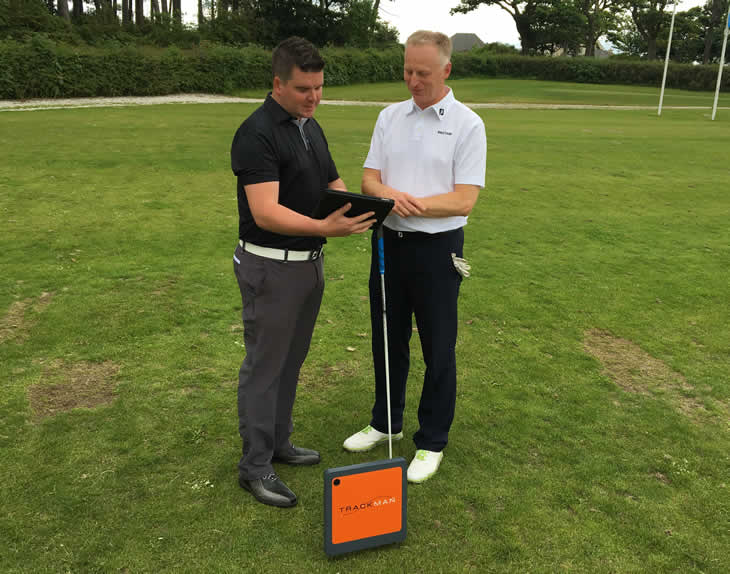
Some players with poor eyesight might insist on a yellow ball or have a strict budget but it is best to keep an open mind at this stage.
Whilst I was there, a golfer came along who did not think he was good enough to play Pro V1 so played a soft 2-piece ball, but needed more control on his chips. He was given some Pro V1s to practice with and the benefit of the extra control more than offset the additional cost as he bounced into the pro shop to get a dozen.
Performance Fitting
Heading to the range we used Trackman with Pro V1s to see if the performance and flight was right. Starting with the wedge I aimed at a 50 yard target to see if the ball was spinning enough with my swing to deliver control on landing. If this was not high enough with Titleist's highest spinning ball then there would be little reason to trade down to one of the lower spinning options.
Then using a 7-iron we checked the spin levels and landing angles to ensure they were within acceptable ranges. At just over 6800 rpm the spin was fine and the landing angle of 45° was right in the middle of the ideal 40° to 50° range so that the ball would stop on the green and not run through if too shallow, or balloon and fall short if too high.
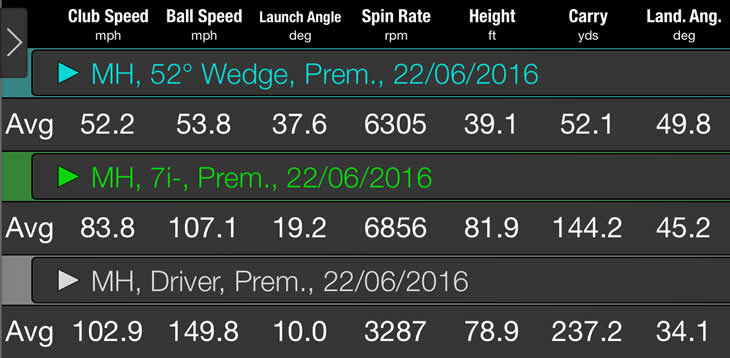
Titleist say that if your usual score is 85 you will average around 14 drivers per round, but 37 'scoring shots' into the green whether they are approaches, pitches or chips.
This is why the ball has to be optimised to match your irons, but when you get to the driver it is the opposite and you should optimise the club to the ball using the adjustable hosel and shaft options, such as those on the Titleist 915 driver.
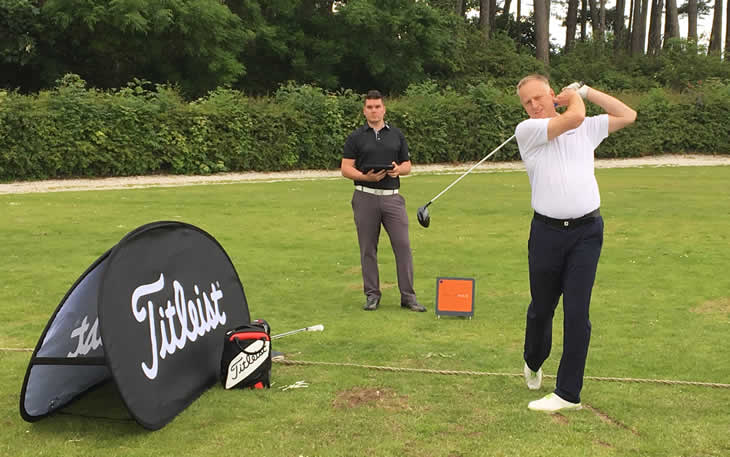
Using all these options enables you to vary the loft and in tune the launch angle and spin to get the most distance from the ball that best suits the rest of your game where the scores are made. Titleist say the difference between their shortest and longest ball is 5 to 7 yards regardless of swing speed, so that will be around half a club for most people and therefore there is not much of a distance trade off.
Choosing The Right Golf Ball
By now it was clear the Pro V1 was not only my preferred choice for short game, but also the best for performance. The final check was to take it to the putting green with the second choice Pro V1x to see which I preferred there.
I preferred the softer feel of Pro V1 so all the stars were aligned for me. However personal preference can change the result. Apparently Adam Scott's numbers are slightly better with Pro V1x, but he uses a Pro V1 because he prefers the slightly lower flight he sees with it.
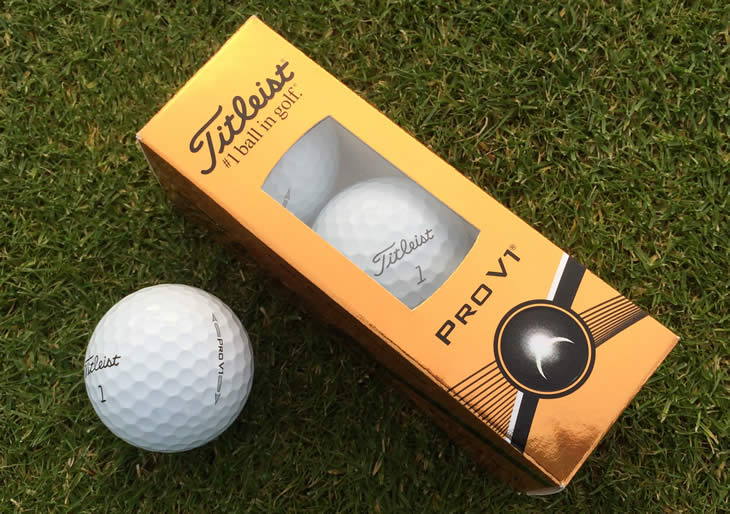
Using this process, Titleist has also seen blind test results with lady golfers who thought they were playing a distance ball from the feel, but loved the extra control they got on the green, only to find out it was the firmer Pro V1x.
Soft balls or distance balls may be chosen by mid to high handicappers because they are cheaper, but they may not spin enough to deliver control and it is only by going through a selection process like this that you can see the difference between various makes and models of golf balls.
As you can see, taking a more holistic approach by looking at your whole game may reveal a different ball to the one you are currently using and the chipping comparison was probably the most revealing part of the process. Whether you do this in a structured way or by going out on your home course to see this in situ, I would recommend comparing the ball you are using with others in the market to see if it is still the right one for you.
More From Titleist